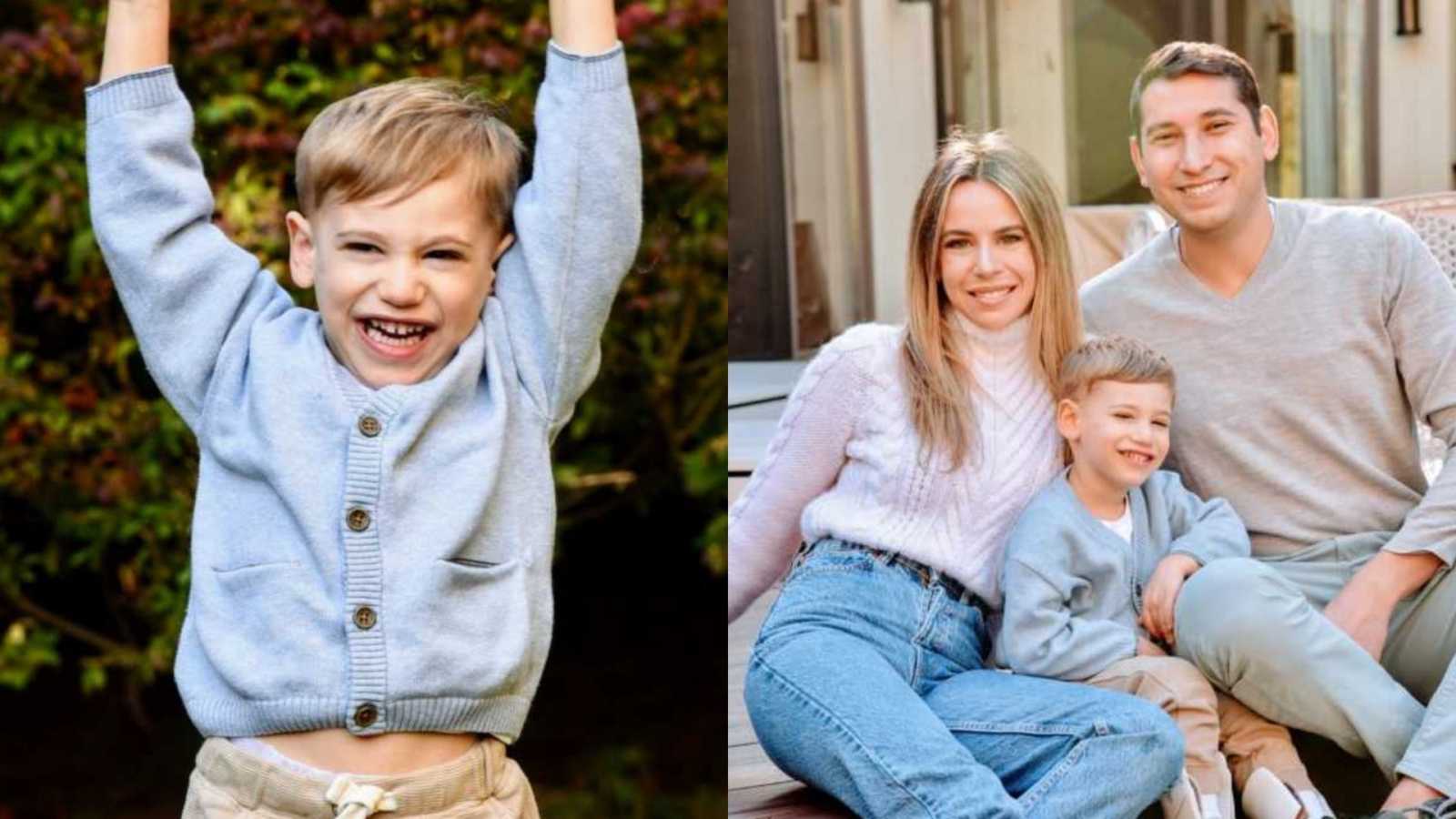“I am currently sitting in NAPA. No, I am not in wine country. I am at the Neurological and Physical Abilitation Center in Boston Massachusetts where my four-year-old son will spend three weeks in an intensive physical therapy program. One year ago, I received devastating news that my three-year-old son Hunter was diagnosed with Charcot-Marie-Tooth Disease Type 4B3 (CMT4B3), an extremely rare, debilitating neuromuscular disease that would progressively cause his muscles to waste away.
CMT will slowly take away his mobility, sight, hearing and speech – it was a death sentence, making him a prisoner in his own body. The life I had envisioned for my son was shattered and I felt as if my life was over too… it was then that I looked in Hunter’s eyes and felt his infectious spirit. The look in his eyes sparked a fire in me to not give up on my family.
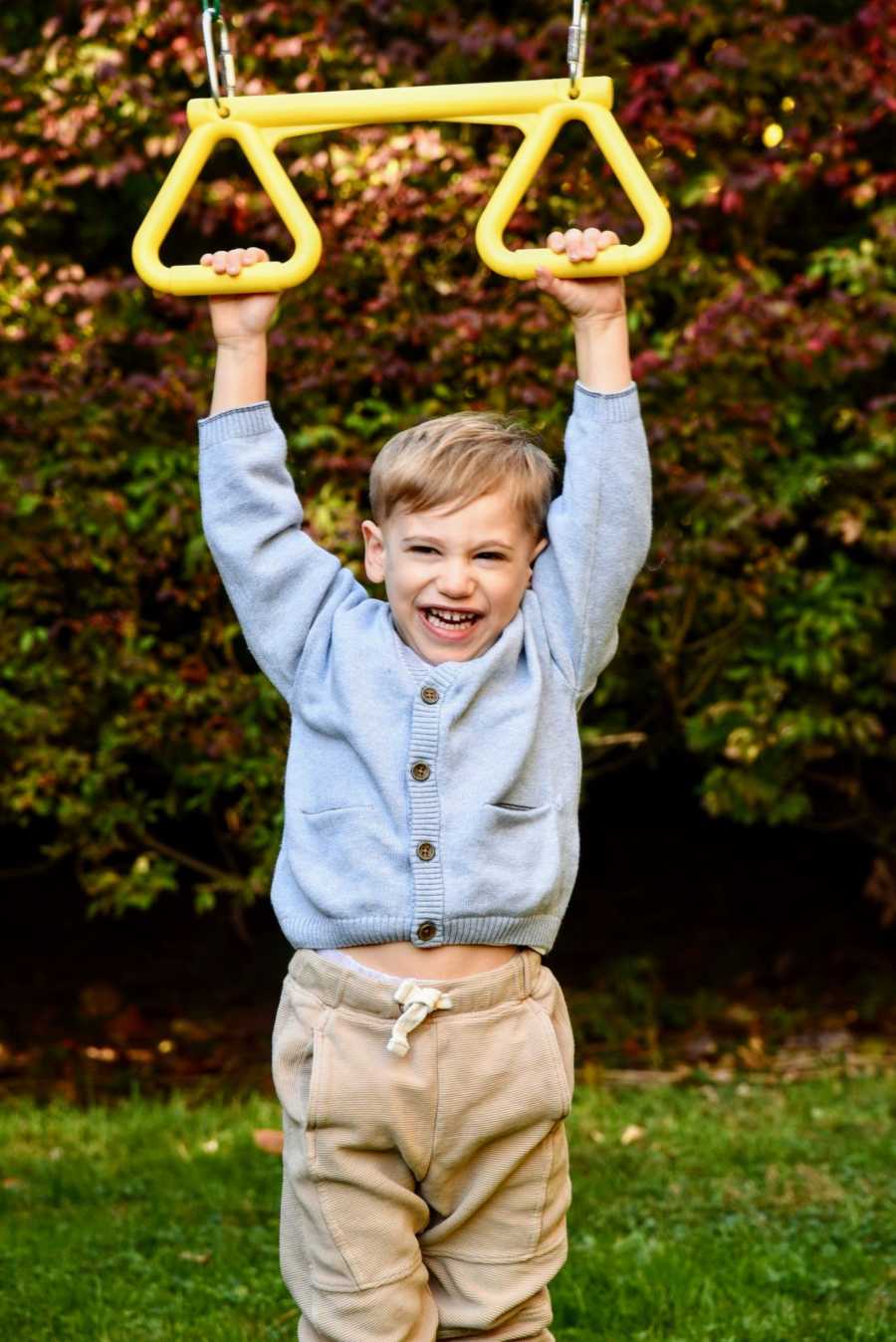
The birth of my son was a natural progression of a love story: I met my husband, Brett, when I was 16 years old at his senior prom. We immediately felt a connection and stayed in touch on and off throughout the years. In the summer of 2006, as fate would have it, I literally ran into him at a local grocery store parking lot. He asked me out, and we started dating. We knew then that our hearts were tied together forever, we were true soul mates.
I was only 23 years old when Brett proposed, but I knew I would spend the rest of my life with my true love as husband and wife. I had our perfect life planned – a home, kids, and a couple of dogs. Four years later, I announced to Brett I was pregnant by putting a T-shirt on our French Bulldog that said, ‘I am going to be a big brother.’ We were moving onto the next phase of our journey.
My pregnancy was not an easy journey. At 20 weeks, my doctor told me the baby may be growth restricted; I was officially a high risk patient. My frequent visits to the doctor were tense. Each visit I was told to be prepared to be admitted to the hospital and I had ‘nothing to worry about.’ I had to make it through 37 weeks. That was the magic number where technically our baby would be full term.
I made it to 37 weeks and was ready for the baby and the hard part to be over with. When my water broke, I was rushed to the OR and told the baby’s heart rate was dropping and we needed to do an emergency C-section. As I was lay on the table, the doors swung open, and I saw my husband in scrubs with tears rolling down his face. I couldn’t wait to hold my baby and for all of this worrying to be over.
Hunter was born April 13, 2017. He arrived small, at 4lbs. 2oz., but after 5 fretful nights in the neonatal intensive care unit, he was allowed to go home. I was so excited, relieved, and overjoyed to take our beautiful little boy home! The best day of my life!
The first four months of Hunter’s life were a sleep-deprived blur. I called Hunter my never ending newborn. Hunter was eating well (feeding every 2 hours) and putting on weight, and his big beautiful eyes followed us around. As Hunter developed, I noticed he was missing his milestones. He was late to roll, sit, and crawl. Our pediatrician told me he was slightly developmentally delayed, but said there was nothing to worry about.
As a new mom, I began seeking out second opinions from multiple specialists. All of the doctors had the same answer: ‘He will catch up.’ They attributed his delays to his small birth weight. My motherly instinct told me I had to be proactive, so I enrolled Hunter in NYC’s Early Intervention Program, so he could have professional physical and occupational therapy. His therapists all saw progress: his motor skills were evolving and I was certain he was going to catch up.
Hunter turned one and was still not quad crawling. My anxiety returned. He was making progress, but the delay seemed to be widening. In order to ease my mind, I insisted on having the most extensive genetic testing done: whole exome sequencing. The results came back negative, and to say I was relieved would be an understatement. Despite Hunter’s now severe developmental delays, I was repeatedly told by numerous doctors he would ‘catch-up,’ just wait. I just had to catch him up, and then everything would be back on track.
When Hunter turned two, he was not walking and I still had no answers. I couldn’t shake the feeling something was wrong. All of his friends were running circles around him. Once again, I felt I could no longer ‘just wait,’ so I enrolled Hunter in a multitude of additional therapeutic services, and had him fitted for orthotics to help promote his walking. My increasing concern led us to another renowned pediatric orthopedic surgeon. She recommended we do a blood panel to rule out any muscular disease. Again, we were told, ‘Nothing to be concerned about.’ My continued search for an answer led me to another geneticist, five months before Hunter’s third birthday. He recommended we rescan his genetic testing.
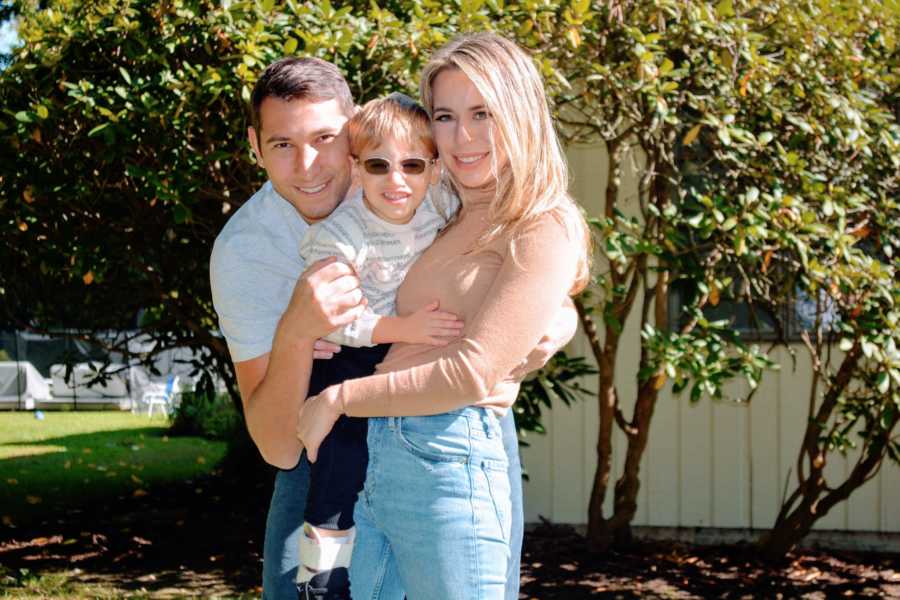
On May 19, 2020, after Hunter had just turned three and in the height of Covid-19 lockdown, I was completely blindsided when the geneticist telephoned me with devastating news. Hunter was diagnosed with an extremely rare, progressive neuro-degenerative disease known as Charcot-Marie-Tooth Disease Type 4B3 (CMT4B3). Hunter had two mutations on a gene called SBF1. He told us Hunter’s disease was ultra rare, and there had only been 14 other documented cases worldwide. There was very little information about the disease, and to brace ourselves for what we would read on the internet. I was given no direction on how to proceed. All I had were three case studies that outlined horror stories of mental retardation and quadriplegia. I was in total shock. Untreated, Hunter’s CMT will force him to become wheelchair bound, unable to move his hands, legs, or feet, and potentially go blind and/or deaf. There are no treatments or cures. The life I envisioned for my son was destroyed.
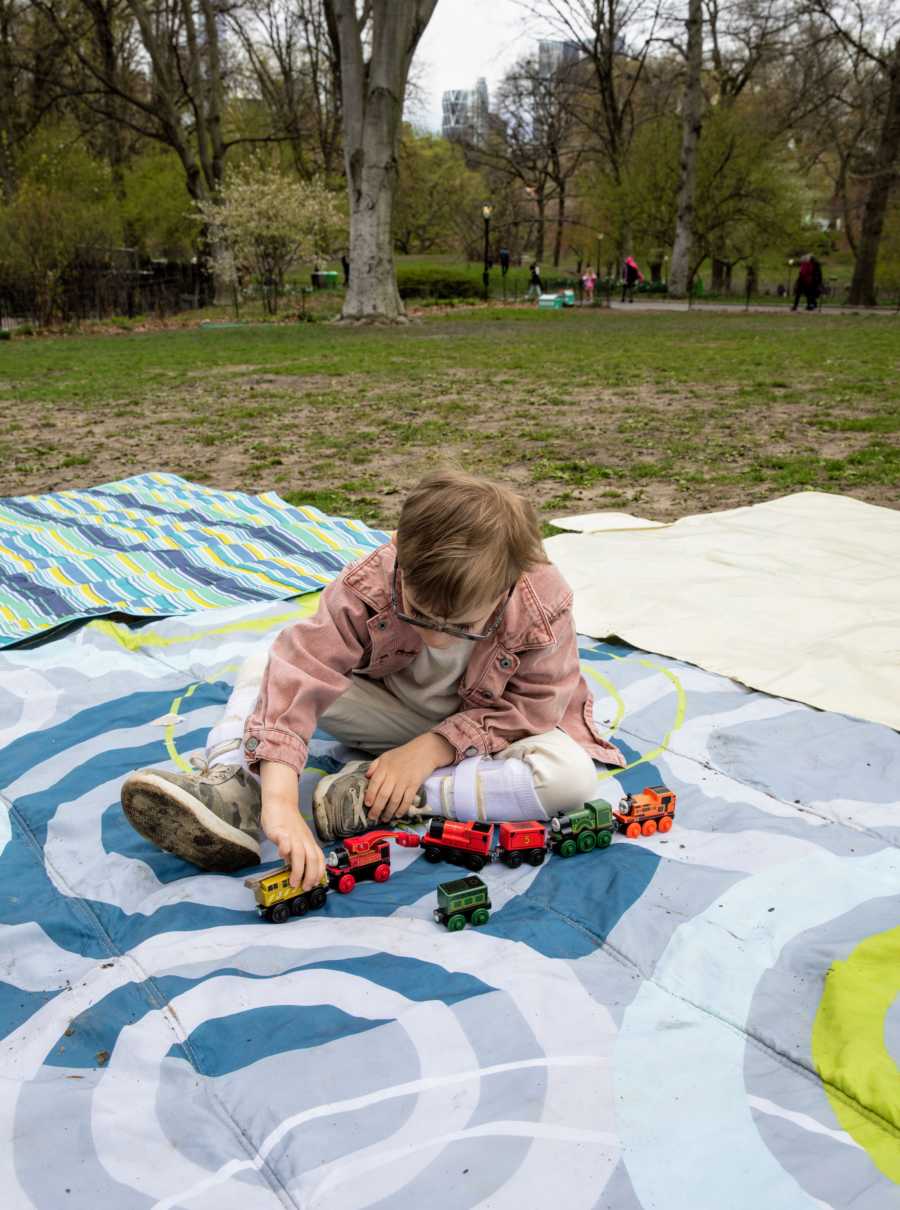
I scrambled to see pediatric CMT experts at three prestigious children’s hospitals, which during national lockdown was no easy feat. I called doctor’s offices and was told the doctor was not seeing patients in person. When I finally got the appointments, I was let down. I was told to take him home, love him, and make our follow up appointment for the following year to track the progression of the disease. I left with more questions than answers. I was angry; how could there be nothing to do?
After weeks of a pity party, one day, I looked into Hunter’s eyes and a switch flipped – there must be something I can do! I knew the scientific community was constantly announcing breakthroughs and new medical treatments. I had to go on, so I spent weeks pulling all-nighters, reading every paper I could find on or related to the disease. I learned if we could correct the mutation with a functional copy of the gene, through gene therapy, we could stop the progression of the disease. I wanted to learn as much as I could as fast as I could. I was in a race against time and had to make every minute count.
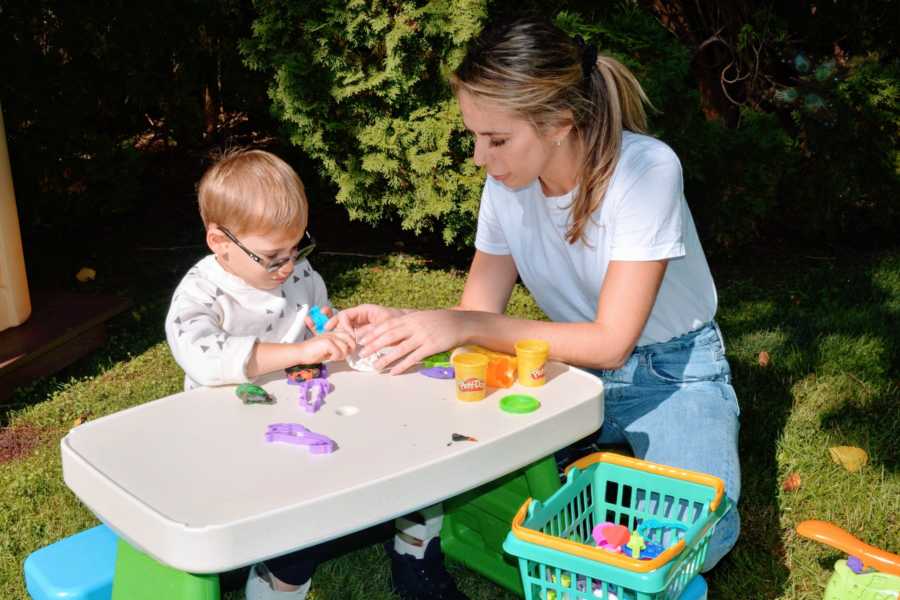
I feel like super-mom. There were roadblocks wherever I turned, but it did not deter me. In less than a year, with pro bono services from lawyers, website developers, photographers, doctors and scientists, family and friends, my husband and I have moved mountains. We founded a 501(c)(3) non-profit: Hunters CMT4B3 Research Foundation Inc., created a website (cmt4b3research.org), raised over $370,000.00, hosted the first international CMT4B3 Research Symposium attended by over 25 world renowned scientists, assembled a world-renowned diverse Scientific Advisory Board, began developing disease models including: mouse models, stem cells, fibroblast and lymphoblastoid cell lines and were inducted into The Peripheral Nerve Society as a patient resource. We will be hosting a virtual booth at their annual meeting this June. I feel like a living example of the cliché, ‘You can do anything you put your mind to.’
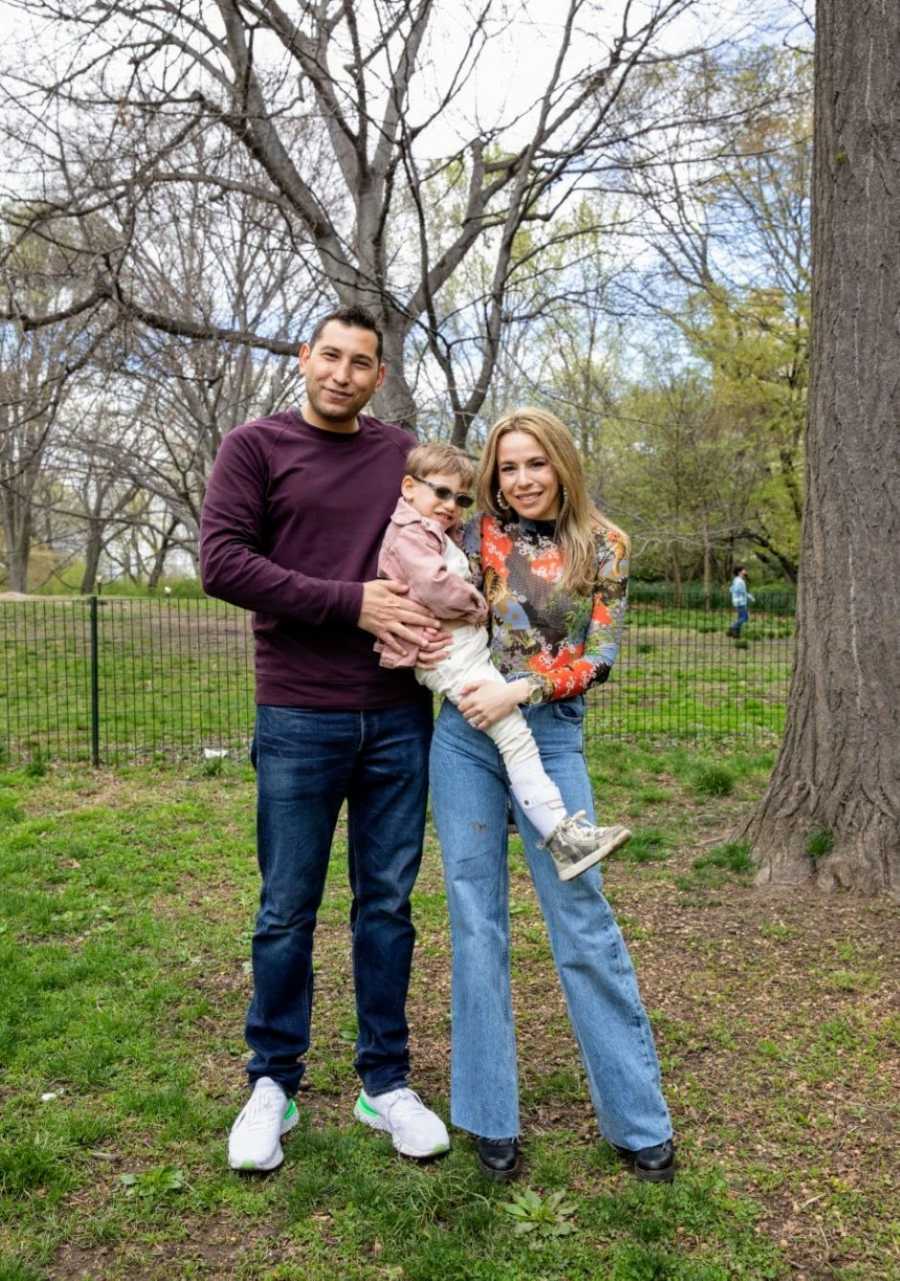
Throughout the last three years, Hunter has been my superhero. He has endured blood tests, surgery, broken bones, sonograms, MRI’s, EMG’s, skin biopsies and endless doctors’ visits, yet he has always maintained his special contagious laugh and smile. He has been a trooper throughout this whole process; I could not be more proud of him. He may not be able to jump, ride a bike, walk down stairs, catch a ball or run like his friends, but he is a bright, endearing, social 4-year-old that loves being with his playmates. Hunter will play with his friends, stumble and fall, but lift himself up and march along.
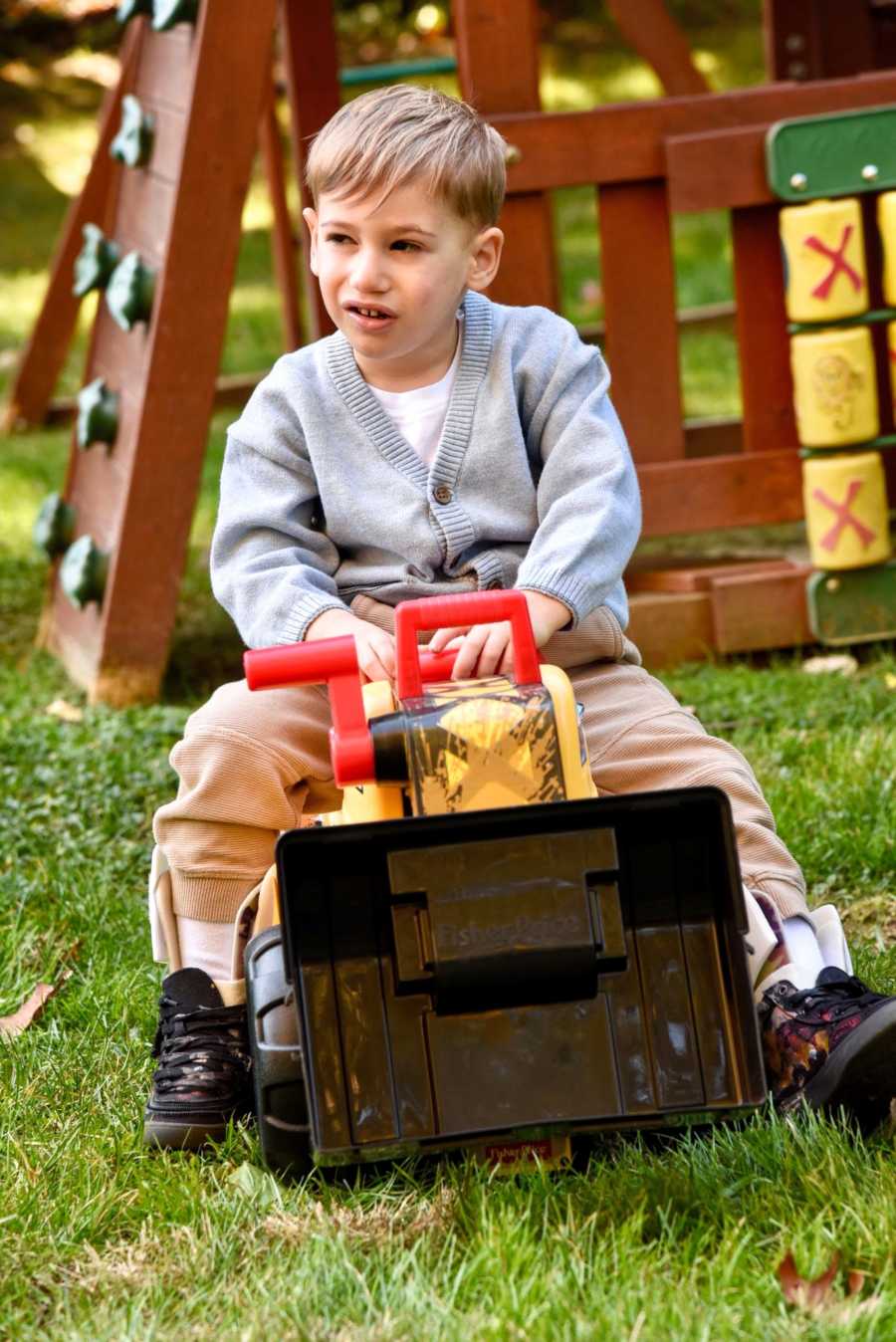
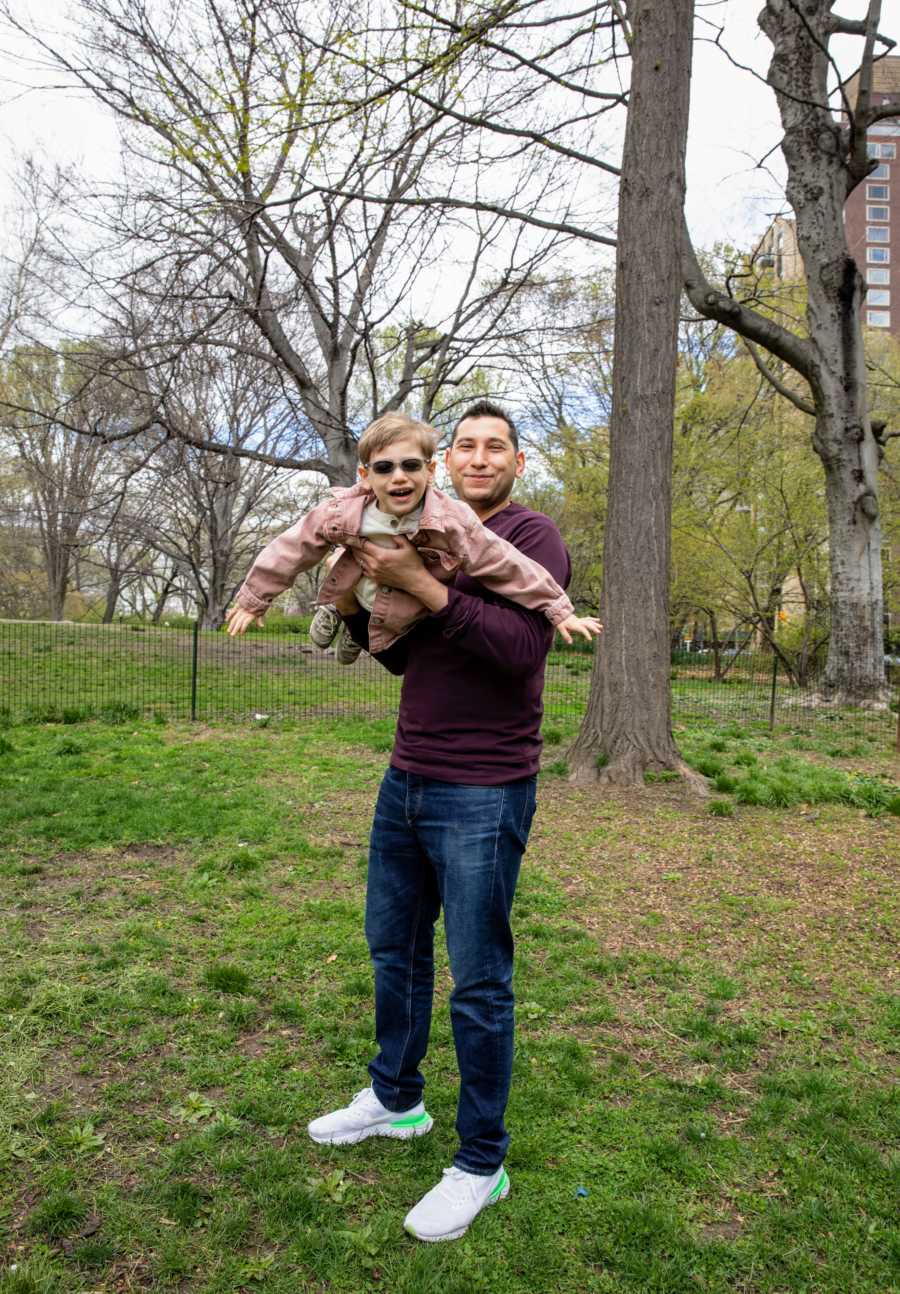
I have shaken up the scientific community. I am fortunate to have created momentum and interest in finding a cure and we are in the process of contracting with worldwide institutions such as University of Miami, University College London, Nationwide Children’s Hospital, Nemours, Alfred I duPont Children’s Hospital, Jackson Laboratory and many others to fund gene therapy projects and scientific research that can translate into discoveries for treatments for many neuromuscular diseases.
Now I need to raise awareness for CMT and raise funds! CMT affects more than 2.6 million people worldwide. Hunter’s type is extremely rare and is classified as severe, early-onset CMT. It is the sad truth – rare disease research is almost completely parent-driven and parent-funded. Gene therapy costs anywhere from 5-8 million dollars to develop. The treatments we develop will not only help thousands of children suffering from rare neuromuscular diseases, but will be applicable to thousands of other inherited diseases. By sharing Hunter’s story, I can show other parents in this impossible situation that there is hope and can inspire change.
Witnessing Hunter’s amazing courage has transformed my sorrow into an unrelenting determination to find a treatment for Hunter and stop the progression of this devastating disease. I need to be able to tell Hunter I did everything I possibly could to help him. Our foundation gives a voice and hope to children suffering from rare diseases. Please help us to insure a quality life for Hunter and other children afflicted by this and other rare diseases. We hope to create a bright future for all children who are suffering from peripheral nerve disorders and rare diseases.
The support I have found has given me the hope I needed. I find myself saying ‘we can’ – and find that Brett and I are no longer on this journey alone. Every time I look into my son’s eyes, I know in my heart this happened so we can find help for Hunter and thousands of children suffering from rare neuromuscular diseases. All parents know the love for family gives you the strength you need to get through anything. Remember: you are never alone.”
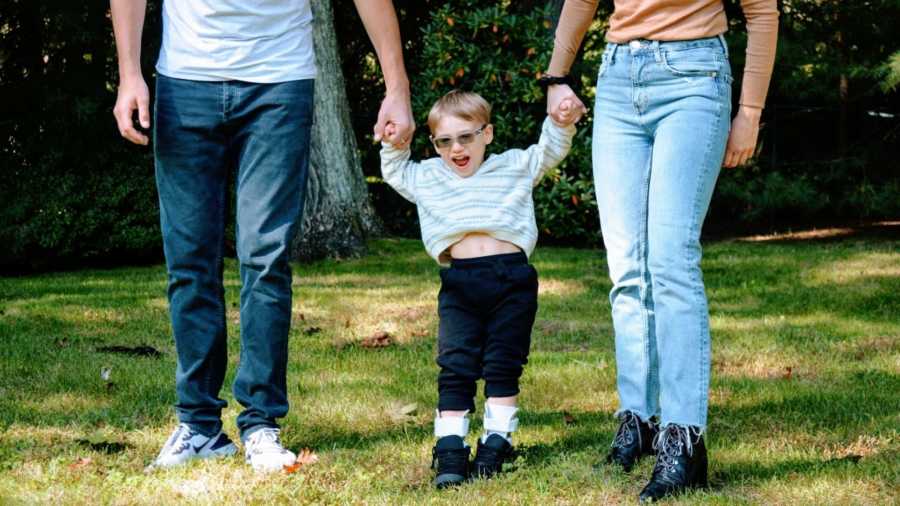
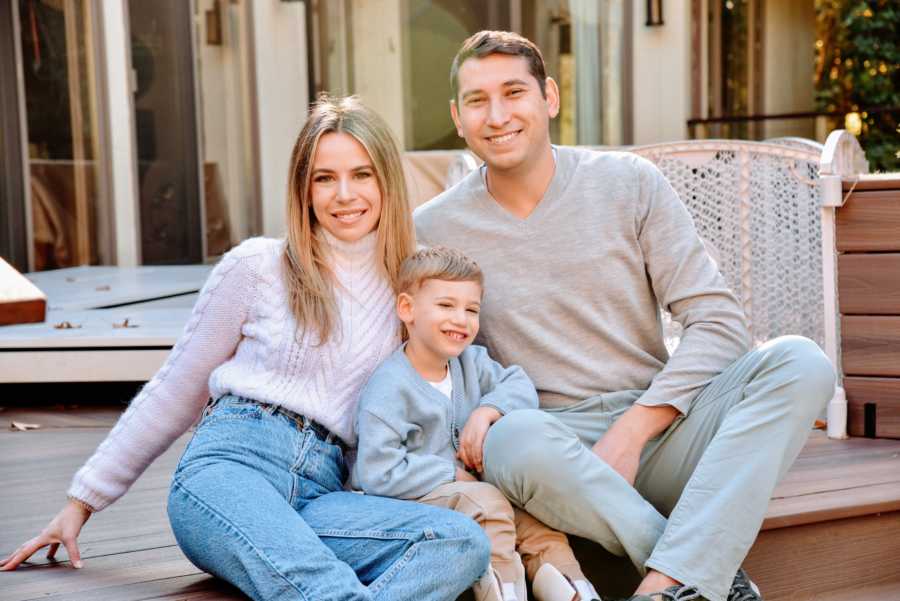
This story was submitted to Love What Matters by Iris Schultz of New York, NY. You can follow their journey on Instagram, Twitter, and their website. You can donate to their GoFundMe here. Submit your own story here, and be sure to subscribe to our free email newsletter for our best stories, and YouTube for our best videos.
Read more stories like this here:
Do you know someone who could benefit from reading this? SHARE this story on Facebook with family and friends.

